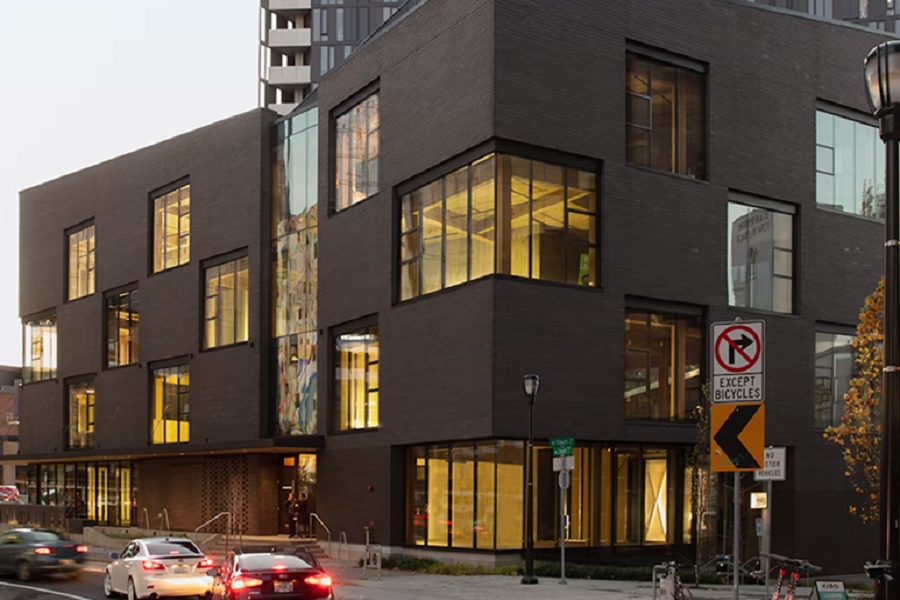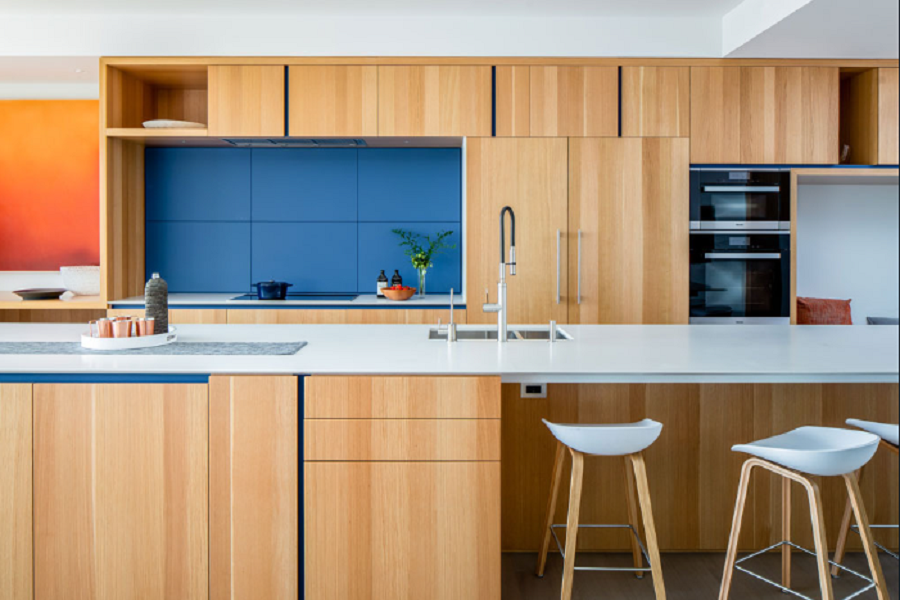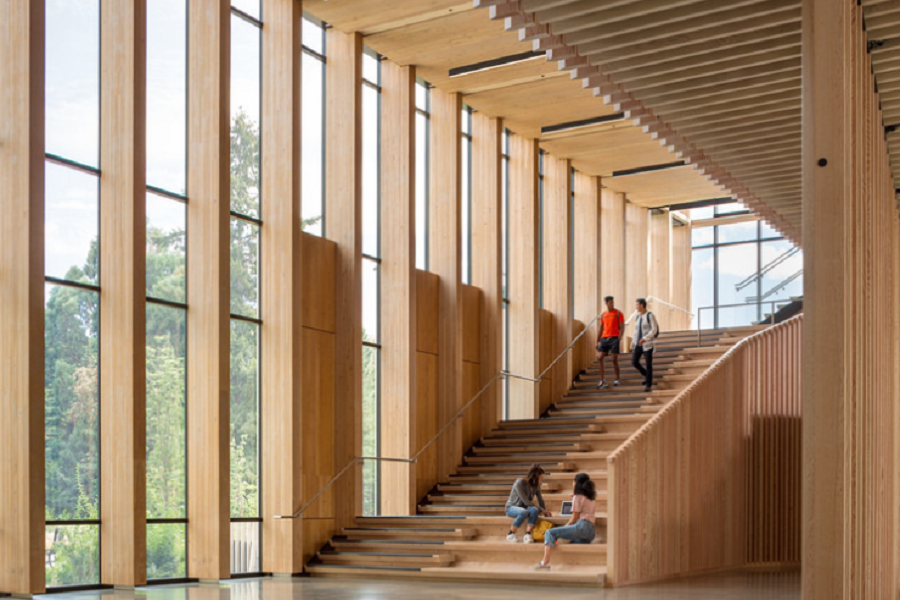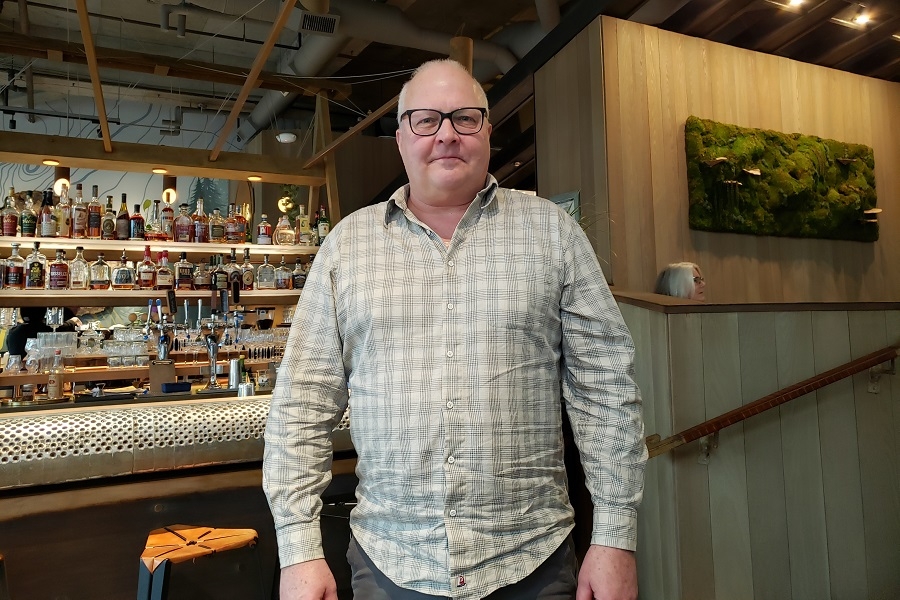Rising West Coast demand and mass timber production make Oregon an ideal market for factory-built homes – but it needs more factories first.
Coming from a tech startup, Greg Howes was shocked by the inefficiencies he saw in the construction market when he entered the mass timber industry 15 years ago.
“When you think about appliances or furniture, almost any product really, you can see the effectiveness of building the product in a factory before shipping it to the consumer. We see this efficiency basically everywhere except in the housing market,” says Howes.
“The way the industry literally works is that you have a design from an architect printed from a PDF and builder who then has to figure out what to order and who to hire. Behind all the glossy marketing, it’s a really inefficient industry,” he says. “Just ask someone who’s had their kitchen remodeled.”
Howes began producing manufactured homes in Portland in 2010 when he founded CutMyTimber, which fabricates timber and steel components for the entire building industry, with the help of his Swiss-born business partner, Stefan Schneider.

The Sidyard, a 20,000 square foot residential building in Portalnd, contructed with gulan beams and columns from CutMyTimber. Credit: Stephen Miller
Up to now, Howes’ company has done mostly higher-end custom projects. But this summer he will be leaving his small Portland warehouse and opening a five-acre 14,000-square-foot factory in Eagle Creek to keep up with rising demand for manufactured homes. Howes says the new building will triple its production capacity, and keep up with rising demand for what he describes as a more modern, more efficient housing alternative.
In the world of manufactured housing, terminology can get muddled. “Modular,” “manufactured,” “volumetric,” and “kit-of-parts” hall refer to homes — or home add-ons like garages and accessory dwelling units — partially or fully assembled before being shipped to the location. Already a sizeable share of the housing market in Europe and Asia, manufactured homes are more cost-effective, produces less waste and carbon emissions, and can be built months faster.
RELATED STORY: Governor Kotek Celebrates Speed of Mass Timber Modular Housing Pilot Project
Gov. Tina Kotek has championed manufactured housing for its ability to create homes quickly to ease homelessness and add to the middle housing market, and for its use of mass timber — a term that refers to wood products manufactured from the strands, particles or veneers of wood bonded together.
Some companies across the United States have already tried to pilot modular housing factories using mass timber, some with more success than others. Howes says that some of the large-investment failures, like the Silicon Valley startup Katerra, are sensationalized without telling the larger tale of factory built homes as a growing industry.
According to a 2022 industry review by the Manufactured Housing Institute, manufactured homes are on the rise across the country. In 2021, 105,775 manufactured homes were built in the United States, compared with 94,401 homes in 2020, a net increase of 12%.

A West Vancouver net-zero home, with mass timber and cross-laminated timber designed by CutMyTimber. Credit: CutMyTimber
Costs associated with traditional construction are also rising, while productivity in the conventional construction market stagnates.
Howes says most of the demand is on the West Coast, and Oregon’s growing mass timber industry makes it a perfect place for the manufactured housing industry to grow. Mass timber tends to be a perfect fit for manufactured homes because of its ability to be cut and glued to size.
“In Oregon we load those boats with ungodly amounts of logs, they go to China, and they made into lumber and get shipped back,” Howes says. “Right now that’s best way I can make money as a private owner of forestry, but I think we should add the value and create those jobs here.”

Oregon Forest Science Complex, home of the TallWood Design Institute. Credit: CutMyTimber.
As Howes sees it, the big question is how quickly the manufactured housing cluster will develop, and whether local ordinances and market hesitation will get in the way.
“Oregon is the biggest producer of softwood lumber in the country. We have all the wood so we are inevitably going to become the leaders,” says Howes. “It’s just a question of how quickly that is going to happen. It’s my hope we’re going to become the world leader.”
Judith Sheine, director of design the TallWood Design Institute, says she is hopeful mass timber modular housing will become a reality in Oregon in a few years, but adds the industry faces headwinds.
She says it will take time before mass timber modular construction are able to compete on cost with conventional onsite construction, or “stick builds.” For all manufactured housing’s benefits and efficiencies, Sheine says, the industry is still very much fitted for onsite construction. That means few builders, architects and real estate developers have the experience to take on a modular housing project. Businesses looking to produce manufactured homes also face the upfront cost of building a factory.
Sheine also says manufactured homes also face regulatory hurdles, which the Mass Timber Coalition-funded TallWood Design Institute is working to address. The organization received a $41.1 million grant last September to develop and expand Oregon’s mass timber industry. Sheine says part of that process is making the housing landscape more welcoming for manufactured homes.
“One of the obstacles to its widespread adoption in Oregon are some local zoning codes prohibiting manufactured or modular housing on sites. As part of the EDA grant, the Oregon Department of Land Conservation and Development is working to revise those codes to allow modular housing in more locations,” Sheine tells Oregon Business over email.
A collaboration between the University of Oregon and Oregon State and member of the Mass Timber Coalition, the TallWood Design Institute promotes the use of mass timber in housing. She says the first step in building out Oregon’s modular housing sector is to build large scale factories able to produce competitively priced housing, like the Port of Portland is planning for its Terminal 2 facility.
RELATED STORY: Modular Moment
Howes says government projects promoting manufactured housing are “hugely important” to putting factory-built homes on the public radar, but that the fate of the industry in Oregon will rely on its ability to generate an industry cluster.
“I would say the biggest thing holding back the industry right now is fear of doing things differently.” says Howes. “So, what you have is a more efficient way to do things that the majority industry has no experience with yet.”
Howes spends his time actively in manufactured housing industry groups, and says he wants the modular housing industry to grow by sharing, innovating and collaborating – the best way to capitalize on a manufactured housing market where demand outstrips supply, mass timber is being subsidized, and the cost of stick builds continues to climb and face supply chain issues.
“I hope it functions like the video game industry,” Howes says. “When you have so many creative people doing so many great designs you only learn and get better. I’m happy to give anyone a look at how we do things.”
To subscribe to Oregon Business, click here.






